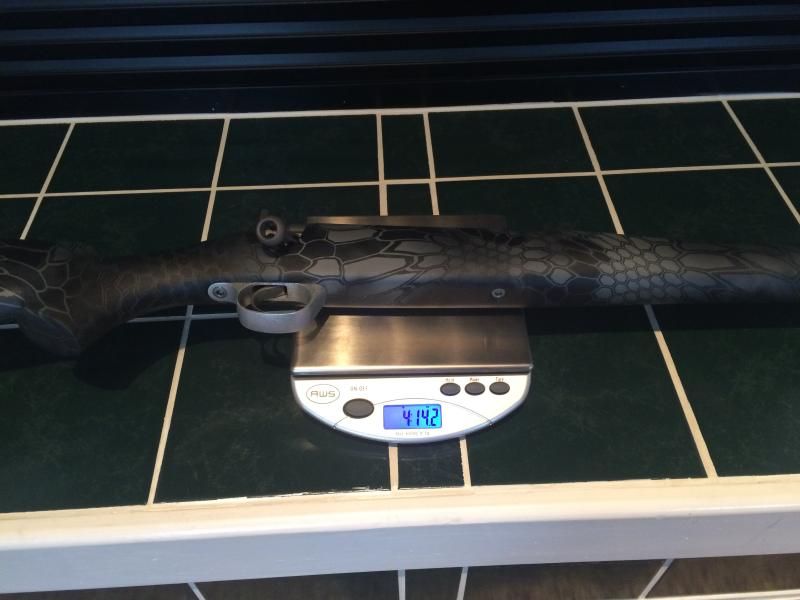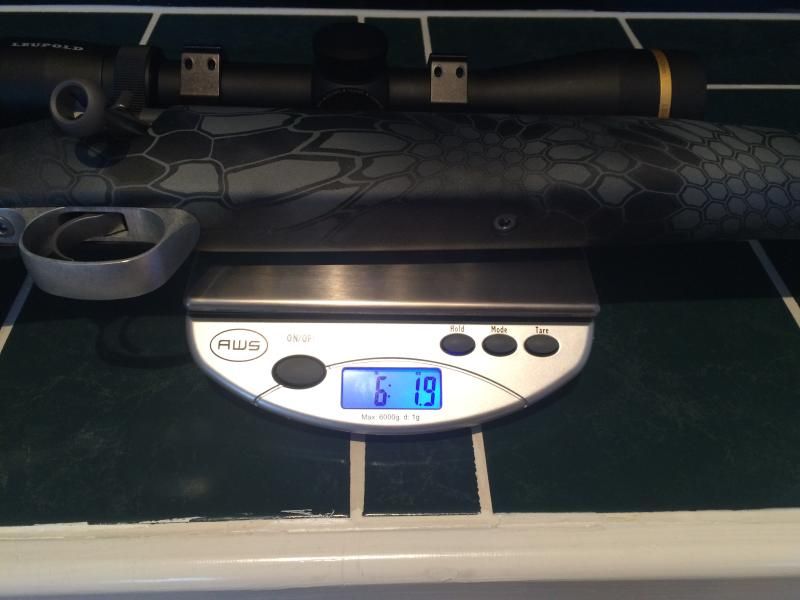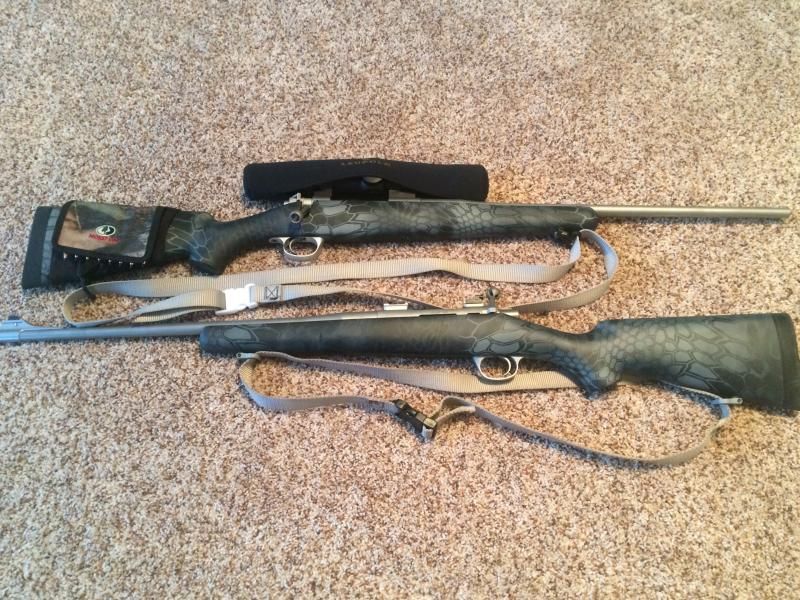hodgeman
WKR
Congratulations- the Montana in .308 is an excellent rifle.
I gotta agree with Luke...keep it simple- a 165 or 180r Accubond or Scirocco (whatever the rifle likes) and use it for everything. There is so little difference in ballistics and on game performance that it's not worth the hassle of fooling with a bunch of different stuff. Especially if you get something like a CDS dial- just range it and dial it...keep it simple!
Just find one the gun likes that does what you want on critters- then get it in volume.
I gotta agree with Luke...keep it simple- a 165 or 180r Accubond or Scirocco (whatever the rifle likes) and use it for everything. There is so little difference in ballistics and on game performance that it's not worth the hassle of fooling with a bunch of different stuff. Especially if you get something like a CDS dial- just range it and dial it...keep it simple!
Just find one the gun likes that does what you want on critters- then get it in volume.



